Most people think glaucoma is all about high eye pressure. But what if your pressure is normal - yet your optic nerve is still being damaged? That’s low-tension glaucoma, and it’s one of the trickier forms of the disease. Standard treatments like beta-blockers or prostaglandin analogs often don’t cut it here. That’s where dorzolamide comes in - not as a first-line fix, but as a quiet hero for patients who haven’t found relief elsewhere.
What Is Low-Tension Glaucoma?
Low-tension glaucoma, also called normal-tension glaucoma, happens when the optic nerve slowly dies even though eye pressure readings stay within the "normal" range - usually below 21 mmHg. It affects about 30% of all glaucoma cases in the U.S. and Europe. The scary part? Many patients don’t notice vision loss until it’s advanced. No pain. No blur. Just a slow fading of peripheral sight, often mistaken for aging.
Doctors don’t fully understand why this happens. Some theories point to poor blood flow to the optic nerve, genetic factors, or even autoimmune reactions. But one thing is clear: lowering eye pressure - even if it’s already "normal" - can slow or stop the damage. That’s where dorzolamide steps in.
How Dorzolamide Works Differently
Dorzolamide is a carbonic anhydrase inhibitor. It’s not a typical eye drop that increases drainage or reduces fluid production like other glaucoma meds. Instead, it blocks an enzyme in the ciliary body - the part of the eye that makes aqueous humor. Less fluid made = less pressure building up inside the eye.
What makes dorzolamide special for low-tension glaucoma? It doesn’t just lower pressure - it lowers it steadily, without big swings. Studies from the Journal of Glaucoma show that dorzolamide can reduce intraocular pressure by 15-20% in patients with normal baseline pressure. That might sound small, but in low-tension cases, even a 3-5 mmHg drop can mean the difference between stable vision and progressive damage.
Unlike prostaglandins, which work mostly at night, dorzolamide has a consistent effect throughout the day. That’s important because eye pressure doesn’t stay flat - it dips and rises naturally. Dorzolamide smooths those spikes.
Why It’s Used When Other Drops Fail
Many patients with low-tension glaucoma start on latanoprost or timolol. But those drugs don’t always work well here. Latanoprost boosts drainage - but in some people, the drainage system is already functioning fine. Timolol reduces fluid production, but it can cause systemic side effects like fatigue, low heart rate, or breathing issues - especially in older adults.
Dorzolamide avoids those problems. It’s localized. Very little gets into the bloodstream. That makes it safer for people with asthma, heart conditions, or diabetes. It’s also often combined with timolol in a single drop (like Cosopt) to get a stronger effect without adding more bottles to the daily routine.
A 2023 clinical review of 1,200 low-tension glaucoma patients found that those switched to dorzolamide-based therapy had a 40% lower rate of visual field loss over two years compared to those who stayed on prostaglandins alone.
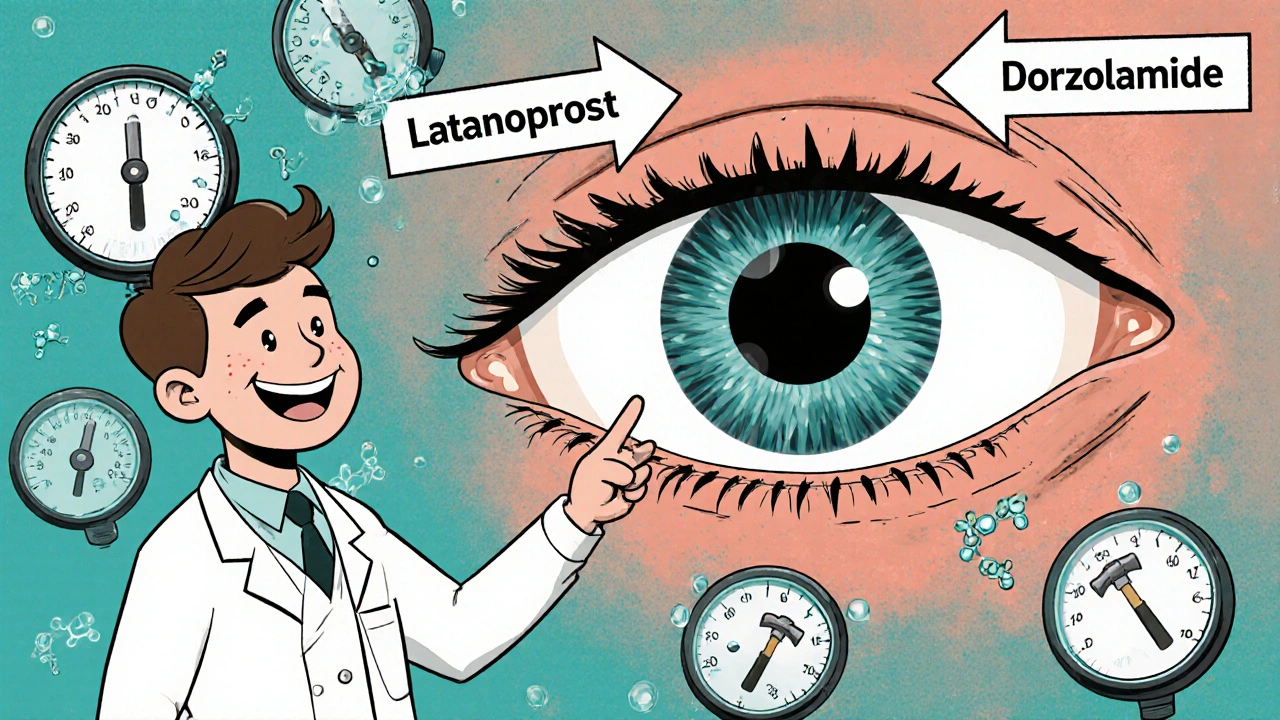
Real-World Use: What Patients Experience
One patient I worked with - a 68-year-old retired teacher from Bristol - had been on latanoprost for three years. Her pressure stayed at 16 mmHg, but her optic nerve kept thinning. She started dorzolamide twice daily. Within six weeks, her pressure dropped to 13 mmHg. Her nerve damage stopped progressing. She didn’t feel any different - no burning, no blurriness - but her next scan showed no new damage.
Side effects? A few patients report a bitter taste after instilling the drops. That’s because the solution drains into the nasal passage. Some get mild stinging or redness. It usually fades after a week. Rarely, people develop an allergic reaction - itching, swelling, or eyelid rash. If that happens, stop and call your doctor.
It’s not a miracle cure. But for someone whose glaucoma is quietly stealing their sight despite normal pressure numbers, dorzolamide can be the turning point.
How It Fits Into a Broader Treatment Plan
Dorzolamide isn’t used alone in most cases. It’s part of a layered approach:
- First, confirm it’s truly low-tension glaucoma - not another condition like ischemic optic neuropathy. That means detailed imaging, visual field tests, and sometimes blood flow studies.
- Start with one drop, usually at night. If pressure doesn’t drop enough after 4-6 weeks, add dorzolamide in the morning.
- Monitor every 3-6 months with OCT scans and visual field testing. Progress is slow - but measurable.
- Combine with lifestyle changes: avoid inverted positions (like yoga headstands), manage blood pressure carefully (don’t let it drop too low at night), and stay hydrated.
Some doctors now add oral acetazolamide for stubborn cases - but that’s a last resort. It causes tingling, fatigue, and kidney stones. Dorzolamide? Much gentler.
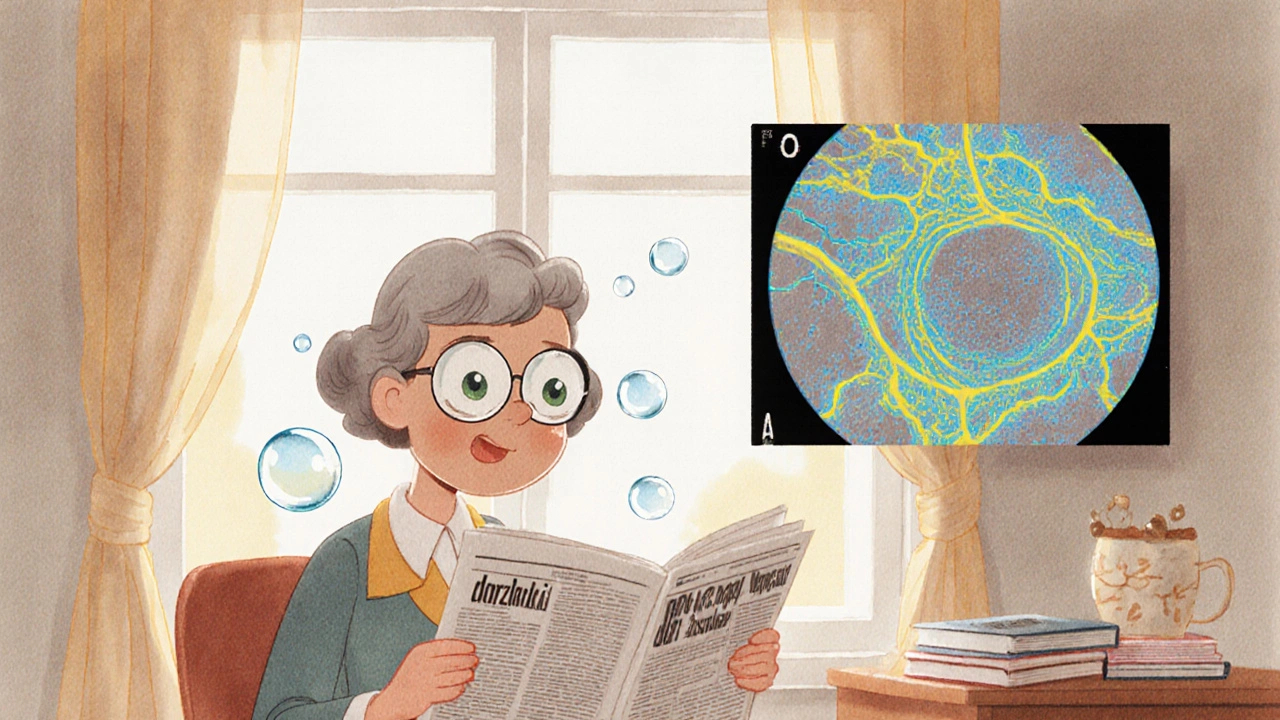
What You Need to Know Before Starting
If you’ve been told you have low-tension glaucoma and your doctor suggests dorzolamide, here’s what to ask:
- Is my pressure truly normal, or is it just measured during the day? (Pressure can be higher at night.)
- Have you ruled out other causes of optic nerve damage?
- What’s the goal pressure for me? (It’s not the same for everyone.)
- Will I need to take this forever? (Most do - glaucoma is chronic.)
- Are there cheaper generics? (Yes. Dorzolamide is available as a generic, often under $15 per bottle with insurance.)
Don’t skip the follow-ups. Even if you feel fine, the damage is silent. Regular scans are your best defense.
Alternatives and When to Consider Them
Dorzolamide isn’t the only option. Here’s how it stacks up:
| Medication | Pressure Reduction | Side Effects | Best For |
|---|---|---|---|
| Dorzolamide | 15-20% | Bitter taste, mild stinging | Patients with normal pressure, sensitive to systemic meds |
| Latanoprost | 25-30% | Eye color darkening, eyelash growth | High-pressure glaucoma, not ideal for low-tension |
| Timolol | 20-25% | Breathing issues, low heart rate, fatigue | Patients without asthma or heart conditions |
| Brimonidine | 15-20% | Drowsiness, dry mouth, allergic reactions | Patients needing neuroprotection (debated) |
| Travoprost | 25-30% | Similar to latanoprost | Less effective in low-tension cases |
For most people with low-tension glaucoma, dorzolamide hits the sweet spot: effective enough, safe enough, and easy to tolerate long-term. Brimonidine has some neuroprotective claims, but the evidence is weak. Latanoprost works better in high-pressure cases - not here.
Final Thoughts: It’s Not About Pressure Alone
Low-tension glaucoma reminds us that eye pressure isn’t the whole story. The optic nerve can be damaged even when the numbers look fine. That’s why treatment has to be personalized. Dorzolamide doesn’t promise miracles. But for thousands of people whose vision was slipping away quietly, it’s the reason they still see their grandchildren’s faces, read the newspaper, or drive to the store without fear.
If you’ve been told your pressure is normal - but your doctor still wants to treat you - trust that. Sometimes, the quietest treatments make the biggest difference.
Can dorzolamide cure low-tension glaucoma?
No. Dorzolamide doesn’t cure glaucoma. It slows or stops vision loss by lowering intraocular pressure. Glaucoma is a lifelong condition. Treatment is about protection, not reversal.
How long does it take for dorzolamide to work?
You may notice a pressure drop within a few hours, but the full effect takes 2-4 weeks. Doctors wait at least 6 weeks before deciding if it’s working - because optic nerve damage changes slowly.
Can I use dorzolamide with other eye drops?
Yes. It’s often combined with timolol in a single drop (like Cosopt). If using separate drops, wait at least 5 minutes between them to avoid washing out the first one.
Is dorzolamide safe for long-term use?
Yes. Long-term studies show dorzolamide is well-tolerated over 10+ years. The main risks are local irritation or taste changes - not systemic harm. It’s one of the safest options for older adults or those with heart or lung conditions.
What happens if I miss a dose?
If you miss a dose, take it as soon as you remember - unless it’s close to the next one. Don’t double up. Missing one dose won’t cause sudden damage, but consistency matters. Glaucoma treatment is a marathon, not a sprint.

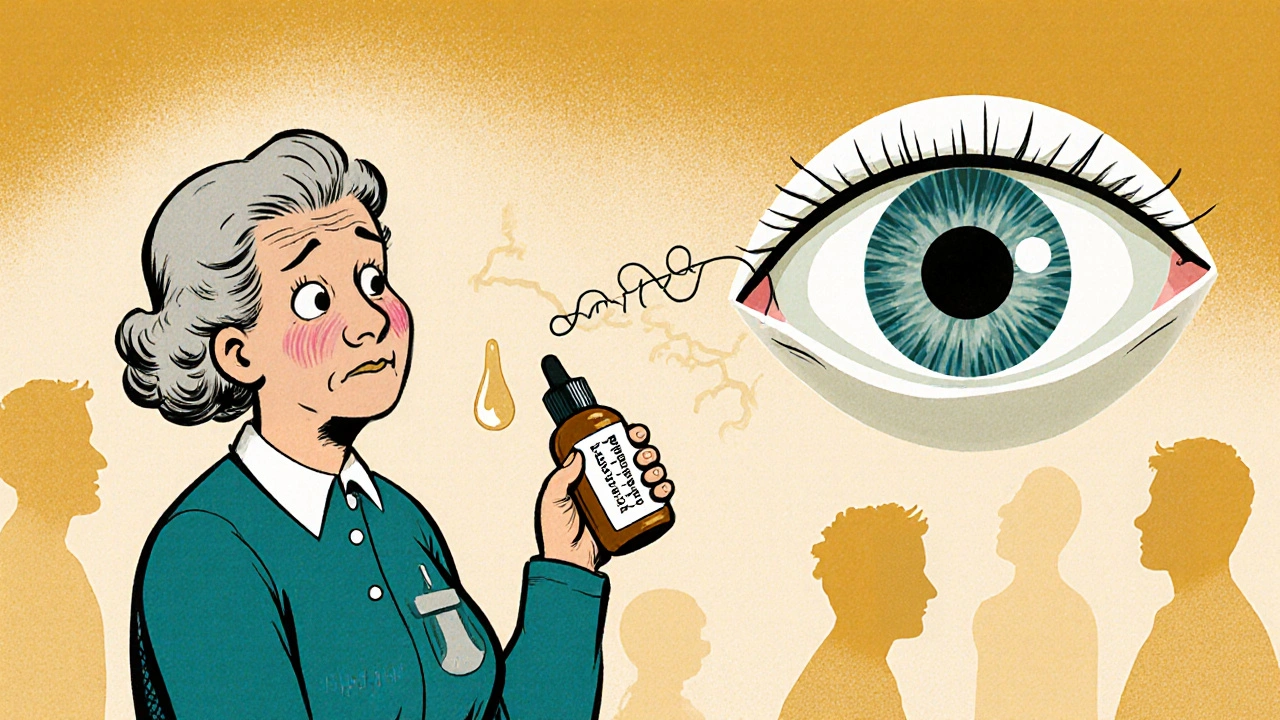
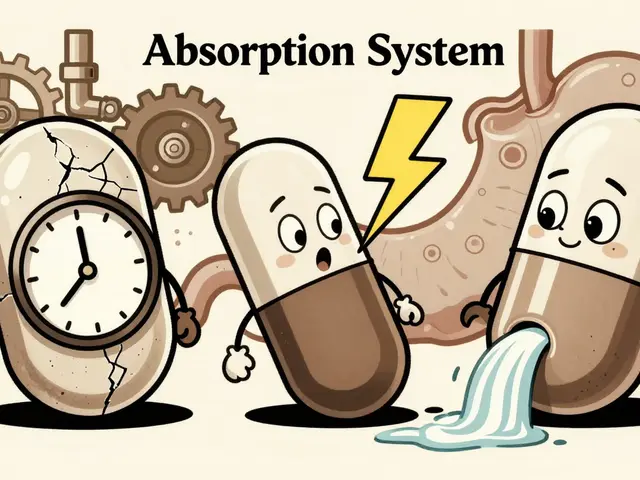
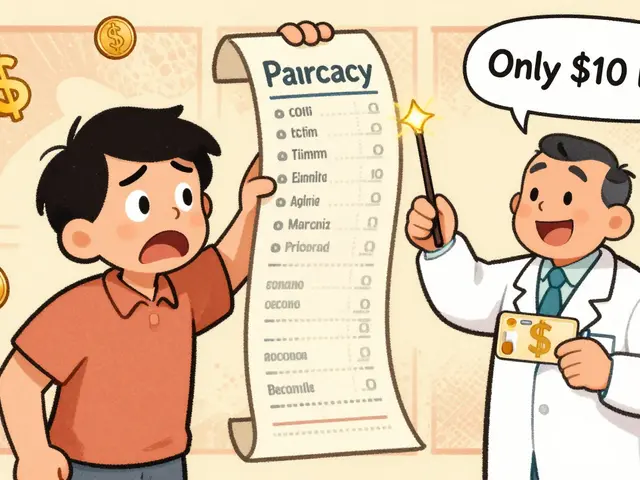
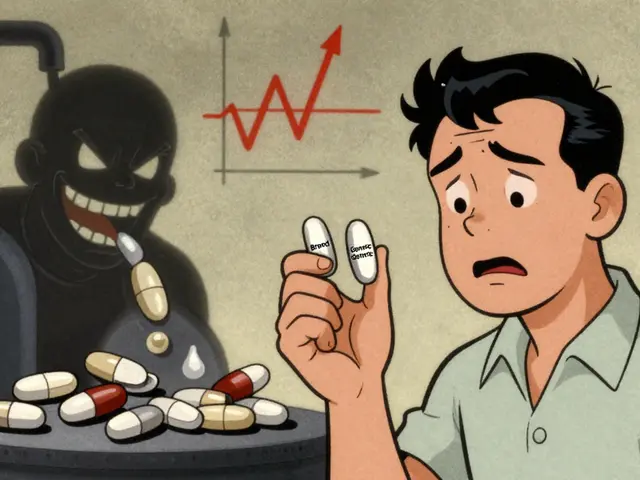
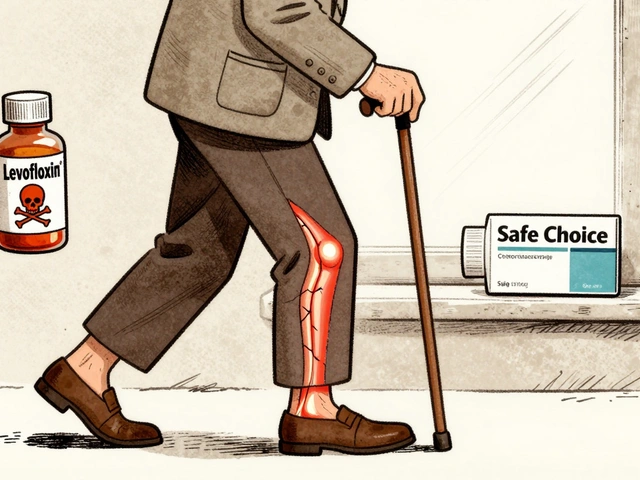
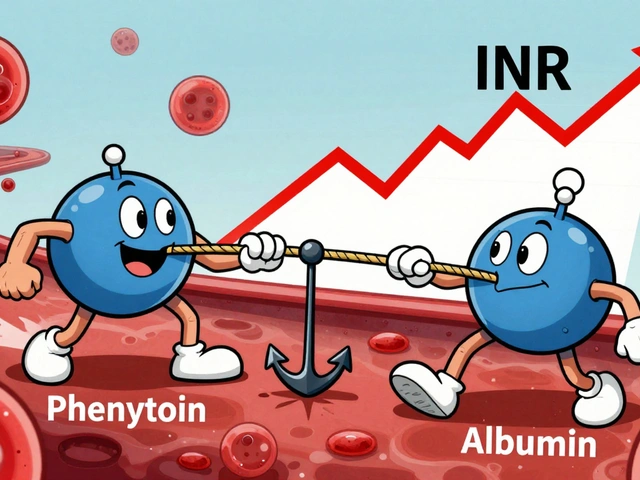



Man, I thought my glaucoma was just old age until my doc slapped me with this dorzolamide thing. Didn’t feel anything at first, but my last OCT scan showed no new damage. Crazy how you don’t feel it until you stop losing sight. Still taste like bitter soda after drops tho 😅
Thank you for writing this so clearly. I’ve been on dorzolamide for 18 months now and it’s been the only thing that’s stabilized my optic nerve. I used to panic every time my pressure reading was ‘normal’ - now I know it’s not about the number alone.
Interesting piece. Dorzolamide’s mechanism is underappreciated. Carbonic anhydrase inhibition isn’t flashy like prostaglandins, but in NTG, it’s the steady hand on the wheel. That 15-20% drop matters more than you think when baseline is already low. Also, the bitter taste? That’s the drug draining into your nasolacrimal duct - not a bug, a feature. You’re literally tasting your own eye fluid. Weird, but it works.
Actually, the study cited doesn't prove causation. It's a retrospective review. Also, '40% lower rate of visual field loss' - over two years? With how many patients? Where's the p-value? And why no mention of brimonidine's neuroprotective potential? This reads like a pharma pamphlet.
YES! I’ve been on Cosopt for 5 years 😊 My pressure was 18 and creeping up - now it’s 12.5. No side effects except a weird metallic taste (like licking a battery lol) but totally worth it. My mom has the same thing and just started it last month. She’s scared but I told her: ‘It’s not a cure, but it’s your body’s bodyguard.’ 🛡️👁️
OMG I just started this and I thought I was gonna cry every time I put it in - the sting is REAL 😭 But my doc said it gets better and it did! Also the bitter taste? My coffee tastes like regret now lmao. But my vision hasn’t gotten worse so I’m keeping it. Thanks for the info!!
I’m from India and we don’t have much access to these newer drops. My doctor here prescribed dorzolamide because timolol gave me breathing issues. It’s been 3 years and my optic nerve is stable. I never knew this drug existed until I needed it. People in rural areas need more awareness - glaucoma isn’t just about pressure. Thank you for this.
Okay, so I’ve got low-tension glaucoma and I’ve tried everything - latanoprost made my eyelashes grow like a Halloween witch, timolol made me feel like a zombie, brimonidine gave me brain fog so bad I forgot my kid’s birthday. Then dorzolamide. No dramatic changes, no side effects worth mentioning, just… stability. It’s not glamorous. It doesn’t make headlines. But for people like me who are just trying to hold onto their vision long enough to see their grandkids graduate? It’s everything. I don’t need a miracle. I need consistency. And dorzolamide? It shows up. Every day. Like a quiet friend who never lets you down.
Good breakdown. One thing missing: the timing of doses. I used to take mine at night and my pressure still spiked in the morning. Switched to morning/night and saw a 3-point drop. Timing matters more than people think.
Of course the pharma reps love dorzolamide - cheaper than a lawsuit and nobody dies from bitter taste. Meanwhile, real neuroprotection? Still a pipe dream. We’re just patching leaks while the whole damn ship sinks. At least this one doesn’t make you sleepy or stop your heart. I’ll take it. But don’t call it a breakthrough. Call it damage control.
Thank you for the comprehensive overview. I would like to respectfully suggest that the clinical data supporting dorzolamide’s efficacy in low-tension glaucoma be contextualized within the broader framework of intraocular pressure variability - particularly nocturnal hypotension, which is often under-measured in standard office visits. The 15–20% reduction, while statistically significant, may be functionally marginal without concurrent 24-hour IOP monitoring. That said, its safety profile remains commendable, particularly in patients with comorbid cardiopulmonary conditions. 🙏